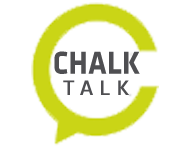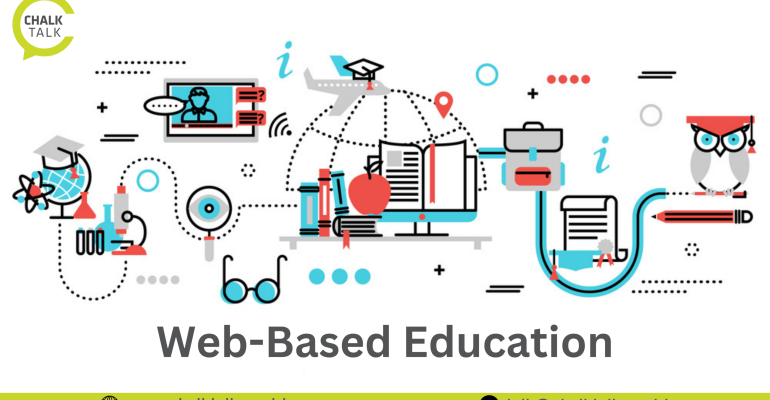Using Technology to Make Thinking Visible: Web-Based Education
July 27, 2023 2023-07-27 13:35Using Technology to Make Thinking Visible: Web-Based Education
Technology has become an integral part of education in today’s digital age. With the rise of remote learning solutions, virtual learning tools, and web-based instruction, educators and learners now have powerful tools to make thinking visible and enhance the learning experience. This blog will explore the benefits and possibilities of using technology to foster visual thinking and how remote learning solutions, virtual learning tools, and web-based education can support this process.
Remote Learning Solutions: Empowering Engagement and Collaboration
Remote learning solutions have gained significant popularity, especially in recent times when traditional classroom settings have been disrupted. These solutions provide a platform for educators and learners to connect, communicate, and collaborate regardless of physical distance. They enable real-time interaction, live video conferencing, and instant messaging, allowing learners to engage with their peers and instructors seamlessly.
By leveraging remote learning solutions, educators can design interactive activities that make thinking visible. For example, virtual brainstorming sessions, collaborative problem-solving exercises, and online discussion forums encourage students to articulate their thoughts and perspectives, promoting critical thinking and active participation.
Virtual Learning Tools: Unleashing Creativity and Exploration
Virtual learning tools offer an immersive and interactive learning experience, bringing subjects to life in a digital environment. These tools can include simulations, virtual labs, augmented reality, and educational games. Using virtual learning tools, educators can provide learners with opportunities to explore, experiment, and apply their knowledge in practical contexts.
When integrated strategically, virtual learning tools prompt learners to think critically, make connections, and solve problems creatively. For instance, in a virtual science lab, students can conduct experiments, analyze data, and draw conclusions while engaging their cognitive abilities and honing their analytical skills.
Web-Based Education: Accessible Learning Anytime, Anywhere
Web-based education has revolutionized the accessibility and flexibility of learning. With many online platforms, courses, and resources, learners can access educational materials anytime and anywhere. This accessibility is especially advantageous for learners who face geographical, financial, or time constraints.
Through web-based education, educators can empower learners to think deeply and critically about the subjects they are studying. Educators can encourage learners to reflect on their learning process, synthesize information, and express their ideas coherently by incorporating online discussions, reflective writing prompts, and interactive quizzes.
Unlocking the Potential: Remote Learning, Virtual Tools, and Web-Based Education
Combining remote learning solutions, virtual learning tools, and web-based education provides a robust framework for making thinking visible. By harnessing these technologies, educators can cultivate a learning environment that fosters curiosity, inquiry, and intellectual growth.
To maximize the benefits of these technologies, educators should consider the following:
Purposeful Integration
Select remote learning solutions, virtual tools, and web-based resources that align with specific learning objectives and promote critical thinking skills.
Engaging Experiences
Design interactive activities that encourage learners to analyze, evaluate, and create, enabling them to make their thinking visible.
Scaffolding Support
Provide guidance, feedback, and opportunities for reflection to help learners develop metacognitive skills and deepen their understanding.
Collaboration Opportunities
Facilitate collaborative projects and discussions using remote learning platforms, virtual tools, and online forums to encourage peer interaction and diverse perspectives.
Ongoing Professional Development
Stay updated with emerging technologies and pedagogical approaches to leverage the full potential of remote learning, virtual tools, and web-based education.
By embracing technology as a catalyst for visible thinking, educators can create a dynamic learning environment where learners actively construct knowledge, engage in meaningful dialogue, and develop critical thinking skills.
Conclusion
Incorporating technology into education has opened new horizons for making thinking visible. Remote learning solutions, virtual learning tools, and web-based education offer limitless possibilities for engaging learners, fostering critical thinking, and promoting more profound understanding. By embracing these technological advancements and adopting innovative teaching practices, educators can empower learners to actively participate in their learning journey, preparing them for success in an increasingly digital world.



